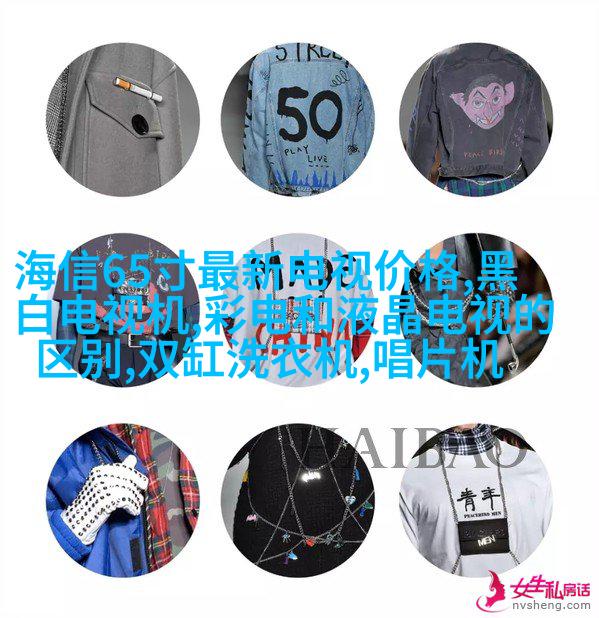
SCR反应器设计要点优化结构提升催化剂性能
在现代工业中,随着排放标准的不断升高,对于氮氧化物(NOx)的控制和去除成为了一个重要议题。Selective Catalytic Reduction (SCR) 技术由于其高效、成本低廉而被广泛应用于燃烧设备排气系统中。SCR反应器作为这一技术的核心部分,其设计对于提高催化剂的活性和服务寿命至关重要。本文将从SCR反应器的基本原理出发,探讨其结构设计要点,以及如何通过优化结构来提升催化剂性能。

1. SCR技术概述
1.1 SCR原理简介

SCR技术是通过在排气流中添加减少量的选择性催化还原剂(通常为尿素水溶液),与已安装在排气系统中的催化剂相作用,以化学还原方式降解氮氧化物。这一过程涉及到复杂化学反应,因此需要特殊材料才能实现。
1.2 SCR系统组成

空气净处理部件:包括燃烧设备、烟囱等。

尿素喷射装置:用于精确地向排气流中喷射尿素水溶液。
SCR反响器:即本文所说的scr反应器,其内部装载有专门设计用于进行选择性还原反应的触媒材料。

2. scr反响器结构示意图分析
2.1 反应塔结构特点
直径与高度比:影响了混合效率和流量分布,这一点在scr反馈示意图上尤为关键。
进料口位置:通常位于塔底部,以便于均匀吸收热能并促进混合。
出口口位置:一般设定在塔顶部,以确保脱硝产品能够快速冷却并避免再次氧化。
2.2 触媒层布局
触媒层是整个SCRSR体系中的核心,它直接决定了整体转换效率。常见布局方式包括:
+ 垂直堆叠式布局,适合大规模生产环境,因其易于扩展且经济实惠。
+ 水平分散式布局,为小型或室内使用场景更为合适,可提供更好的空间利用率。
3. optimising the design of SCRSR reactor for better catalyst performance
3.1 Catalyst material selection and preparation
Catalyst material plays a crucial role in determining the overall efficiency of an SCRSR system.
The choice of catalyst should be based on factors such as reaction temperature, gas flow rate, and NOx concentration.
3.2 Reactor geometry optimization
Reactor geometry has a significant impact on both mixing efficiency and mass transfer rates within the reactor.
Optimizing these parameters can lead to improved conversion efficiencies.
3.3 Heat management strategies
Heat is generated during the reduction process, which can affect catalytic activity if not properly managed.
Strategies include cooling systems or heat exchangers that work to maintain optimal temperatures within the reactor.
Conclusion
In conclusion, optimizing the design of an SCRSR reactor requires careful consideration of multiple factors including catalyst material selection, reactor geometry optimization, and heat management strategies.
By taking these factors into account and using advanced simulation tools to analyze their effects on catalytic performance, engineers can develop more efficient SCRSR systems that meet increasingly stringent environmental regulations while minimizing operating costs.
Ultimately, continued research into new materials and designs will help further improve the effectiveness of SCRSR technology in reducing NOx emissions from industrial sources – a critical step towards achieving cleaner air for future generations



